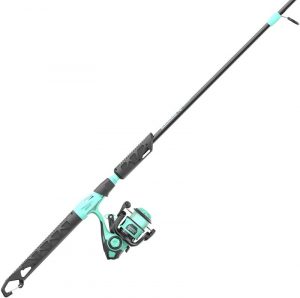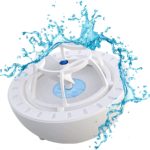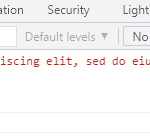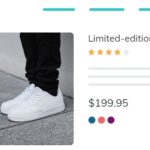Different types of fishing gear have other impacts on habitat, bycatch, and the rate at which overfishing happens. Fact that different fish species live in different water column areas and behave in diverse ways, the fishing gear utilized to catch fish have to be made explicitly for every target species.
Here are the eight types of fishing gear available:
Table of Contents
Demersal
Demersal fishing gear, also known as bottom trawling, is a common method of commercial fishing designed to catch fish that live and feed on or near the seabed (the demersal zone). This type of gear typically involves a cone-shaped net with a closed end, known as the cod-end, where the catch is accumulated.
These nets are attached to heavy doors and other equipment designed to keep the net close to the bottom, and the boat drags or ‘trawls’ the net along the seafloor. The heavy doors also serve to spread the net wide open in the water. These types of nets are effective at catching a wide variety of bottom-dwelling species, including cod, haddock, and flatfish.
There are two primary types of demersal fishing gear:
- Demersal otter trawls: These are the most common and involve the use of large rectangular doors to keep the mouth of the net open.
- Beam trawls: These are commonly used in flat, sandy areas and use a heavy metal beam to hold the net open.
The significant advantage of demersal fishing gear is its ability to capture a large amount of fish in one sweep. However, it is often criticized for its environmental impact, as it can cause considerable damage to the seafloor and has a high rate of bycatch, meaning it often catches non-target species.
Gillnet
Gillnet fishing gears refer to a curtain or wall of netting which hangs in the sea. This covers many kinds, including trammel nets and stationary gillnets. In general, this fishing gear has low impacts on the environment with the least seabed interaction.
The size of fish caught is determined by the mesh’s size, helping to keep away from catching juvenile fish.
Longline Fisheries Trail
This fishing gear trail a long line behind a ship or boat. Baited hooks are linked to the nets to attract the target fish. This can set for bottom or midwater fishing; it all depends on your target fish.
Purse Seines
This is utilized in the open sea to catch dense schools of single specific pelagic fish like mackerel and tuna. Here, a vertical net curtain is used to surround the fish, and the bottom is drawn to enclose the fish.
Pole and Line
This fishing method is utilized to catch tuna and other big midwater species one fish at a time.

Instant Anti-Reverse clutch; 3 Bearings (2 + Clutch); Patented no-tangle design; Changeable right- or left-hand retrieve; Pre-spooled with 8 lb Zebco Cajun Line
Stationary Traps
Usually, this is made of wood, plastic, or wire netting to catch crabs and lobsters. The shape and size of the stationary traps might differ; all feature a cone shape in which lobster and crab are enticed with bait.
Dredges
This is a rigid structure towed in the seabed to caught scallops, clams, and oysters. The design of this fishing gear varies. It all depends on the specifies being caught, but some have a triangular frame.
Pelagic Trawls
Also known as midwater trawl, this has a cone-like body and closed-end, which hold the fish. This is bigger than bottom trawls. One or two boats can tow this trawl. It is made to target fish species in the middle and bottom water like mackerel, Hoki, and herring.





